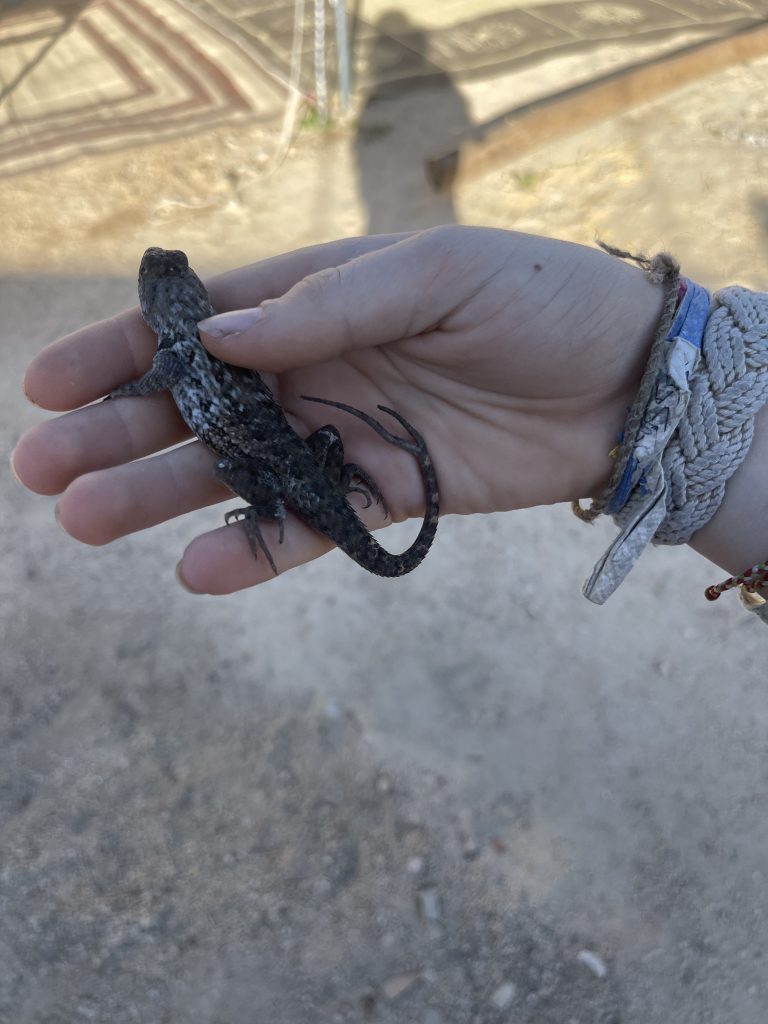Today I am taking a little twist with All Things Reptile; I will be writing about the city-dwelling reptiles of LV/ES. We see most reptiles when we are out on hikes and other excursions, but let’s go over some of the reptiles most well adapted for urban life.
When you think of the night life in La Ventana, you probably think of the parties thrown throughout the winter. However, the true die-hard partiers of La Ventana live on your ceiling and behind your lights. Asian House Geckos (Hemidactylus frenatus) are very common in this area, and are particularly successful in urban areas.
Another common reptile in urban El Sargento and La Ventana is the Black-Tailed Brush Lizard (Urosaurus nigricauda). These little friends eat small insects and are very good climbers. They inhabit palm trees, brush piles and even palapa roofs, which helps them inhabit even the smallest yards. They are perfect for living in the suburbs.
Our final guest is also our only serpentine friend. The Variable Sand Snake (the scientific name is kind of complicated, and controversial, but I think it’s Sonora cincta) is a common, small and harmless snake living under the surface of sandy soils. These little guys eat mostly insects, including crickets and cockroaches, and can successfully live in sandy lots and yards without problem.
Lastly, here is a haiku:
Geckos
Concerts every night
Bugs attracted by the light
The geckos delight.–Chance Stevens, All Things Reptile 2/7/23.
The next reptile walk has been scheduled for Sunday, Feb 12th. At 9:30 AM on the Punta Gorda Trail. This walk will probably be between two and three hours, and may not be suitable for small children.
If you want to talk or walk reptiles, email ChanceStevens123@icloud.com







